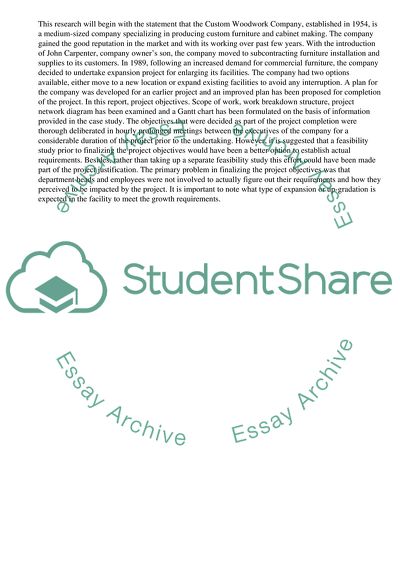Cite this document
(“Project Management Practices, Methodologies, Tools, and Techniques Assignment”, n.d.)
Project Management Practices, Methodologies, Tools, and Techniques Assignment. Retrieved from https://studentshare.org/management/1614473-project-development-analysis
Project Management Practices, Methodologies, Tools, and Techniques Assignment. Retrieved from https://studentshare.org/management/1614473-project-development-analysis
(Project Management Practices, Methodologies, Tools, and Techniques Assignment)
Project Management Practices, Methodologies, Tools, and Techniques Assignment. https://studentshare.org/management/1614473-project-development-analysis.
Project Management Practices, Methodologies, Tools, and Techniques Assignment. https://studentshare.org/management/1614473-project-development-analysis.
“Project Management Practices, Methodologies, Tools, and Techniques Assignment”, n.d. https://studentshare.org/management/1614473-project-development-analysis.


